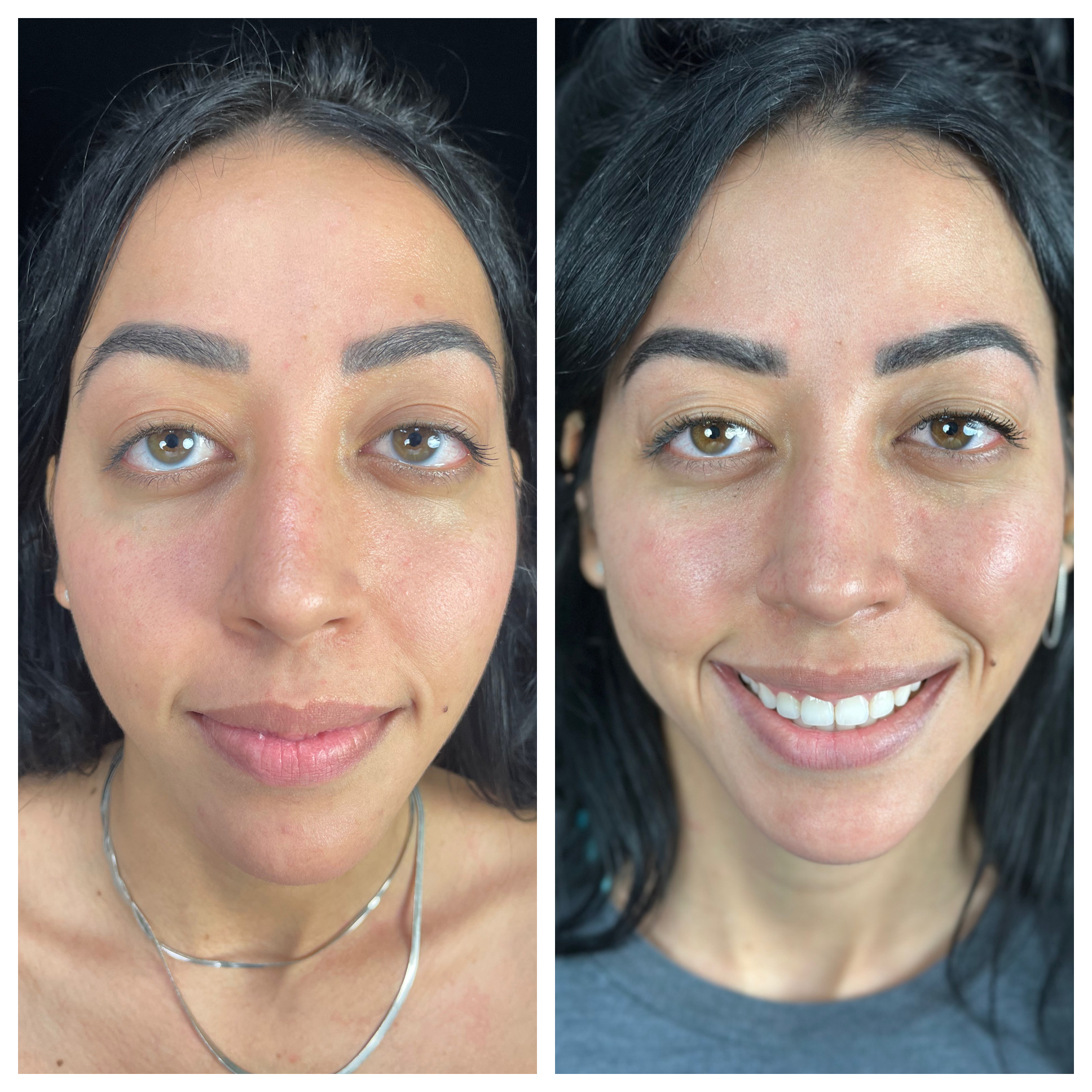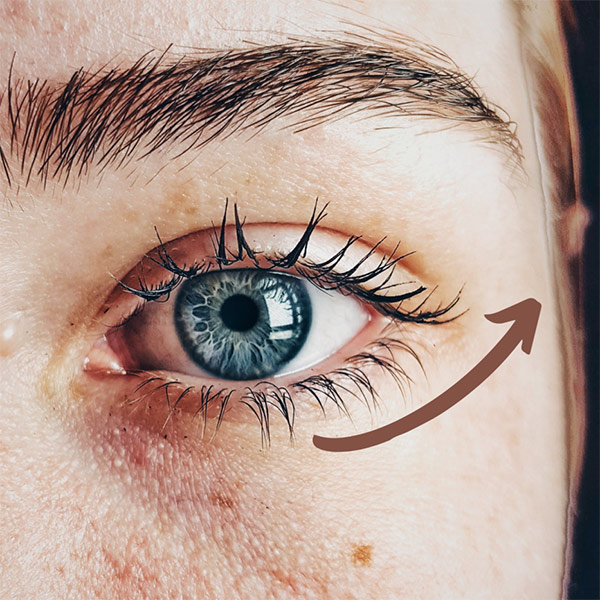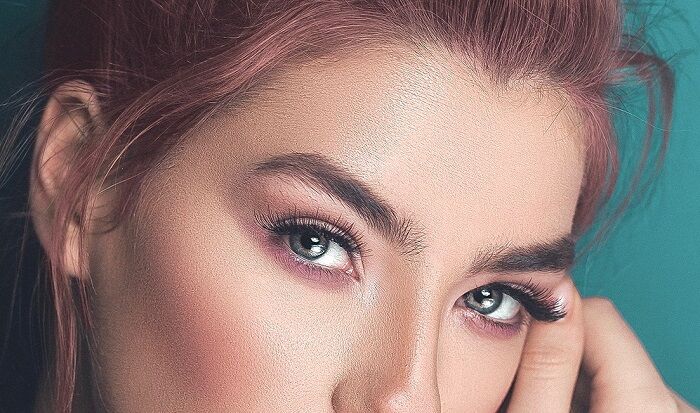Designer Eyes
The tilt of the corners of the eye are a sign of beauty. In an ideal attractive eye, the outer corners are usually a bit higher than the nose side corner. We call this positive canthal angle tilt.
A negative tilt, as shown in the picture above can make for a sad look.
Aging, sun damage, heredity, and lifestyle factors like smoking all have an impact on your skin. In the case of the lower eyelids, these factors can break down the lids’ supporting tissues. This causes the eyes to droop downward, giving them a tired or sad appearance. Canthopexy can counteract this aesthetic concern.
The lateral canthal tendon, which is positioned at the outer corner of the eye, supports the lower eyelids and prevents them from drooping. The tendon itself, however, can stretch and droop as a result of the natural aging process.


A canthopexy strengthens and stabilizes the lateral canthal tendon and surrounding internal structures of the lower eyelid. This surgical procedure repositions the outside corner of the eye where the lids meet, restoring a youthful, uplifted eye.
Top Benefits of Canthopexy
- Provides for a “cat eyed” more attractive positive canthal angle tilt.
- Support for sagging lower lid tissues
- Lifts the lower lid tissues for a youthful, rested eye shape
- Prevents lower lid looseness
- Improves lower lid strength and muscle tone
- Corrects a sagging lower lid after a prior lower blepharoplasty

Best Candidates for Canthopexy
- Those looking to correct or restore a more youthful lateral canthal angle
- Sagging lower lid tissue
- Drooping lower lid due to a previous lower blepharoplasty

Procedure Details
Canthopexy is performed in our cutting-edge Tampa Bay area surgical center by Dr. Mahootchi and his team. Canthopexy can be done with local anesthesia or as part of larger lid rejuvenation plan.
Dr. Mahootchi will give you a comprehensive aftercare plan following the procedure. Canthopexy generally has a short recovery period, but we’ll provide the individual information that you need to heal properly.
